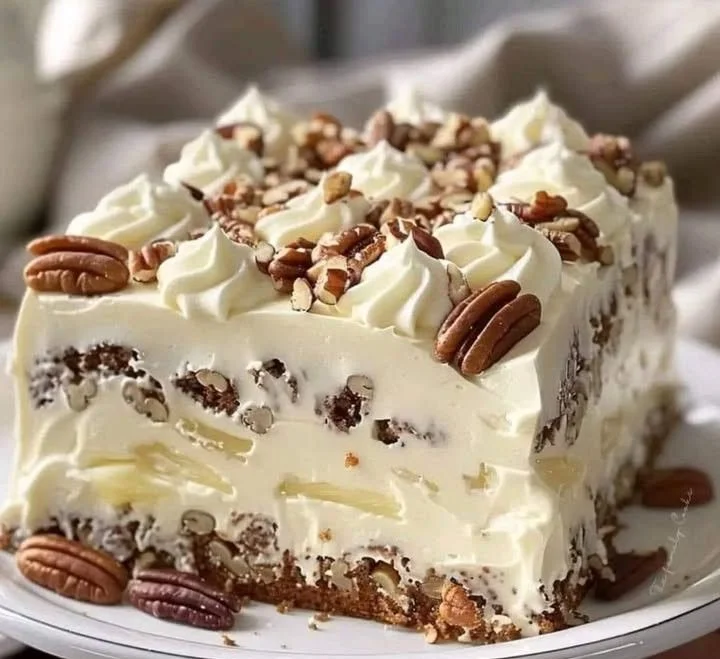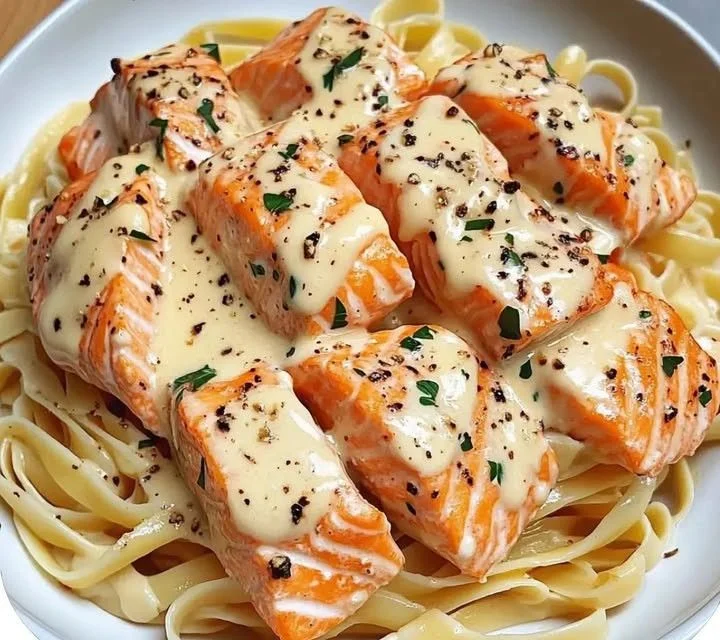Raspberry Limoncello Sparkler
Raspberry Limoncello Sparkler is a refreshing drink perfect for any occasion. This delightful beverage combines the sweetness of raspberries with the zesty flavor of lemon, making it a fantastic choice for parties or just to enjoy on a hot day. Why Make Raspberry Limoncello Sparkler Raspberry Limoncello Sparkler is simple to prepare and brings a … Read more










